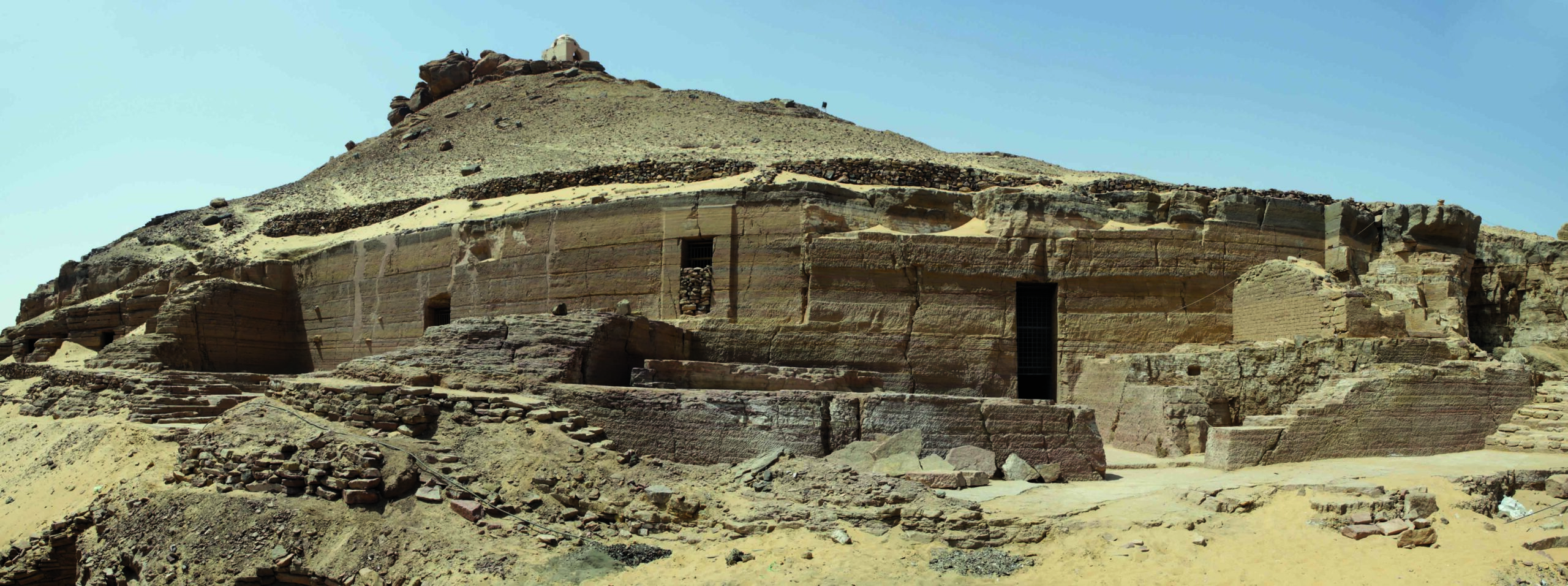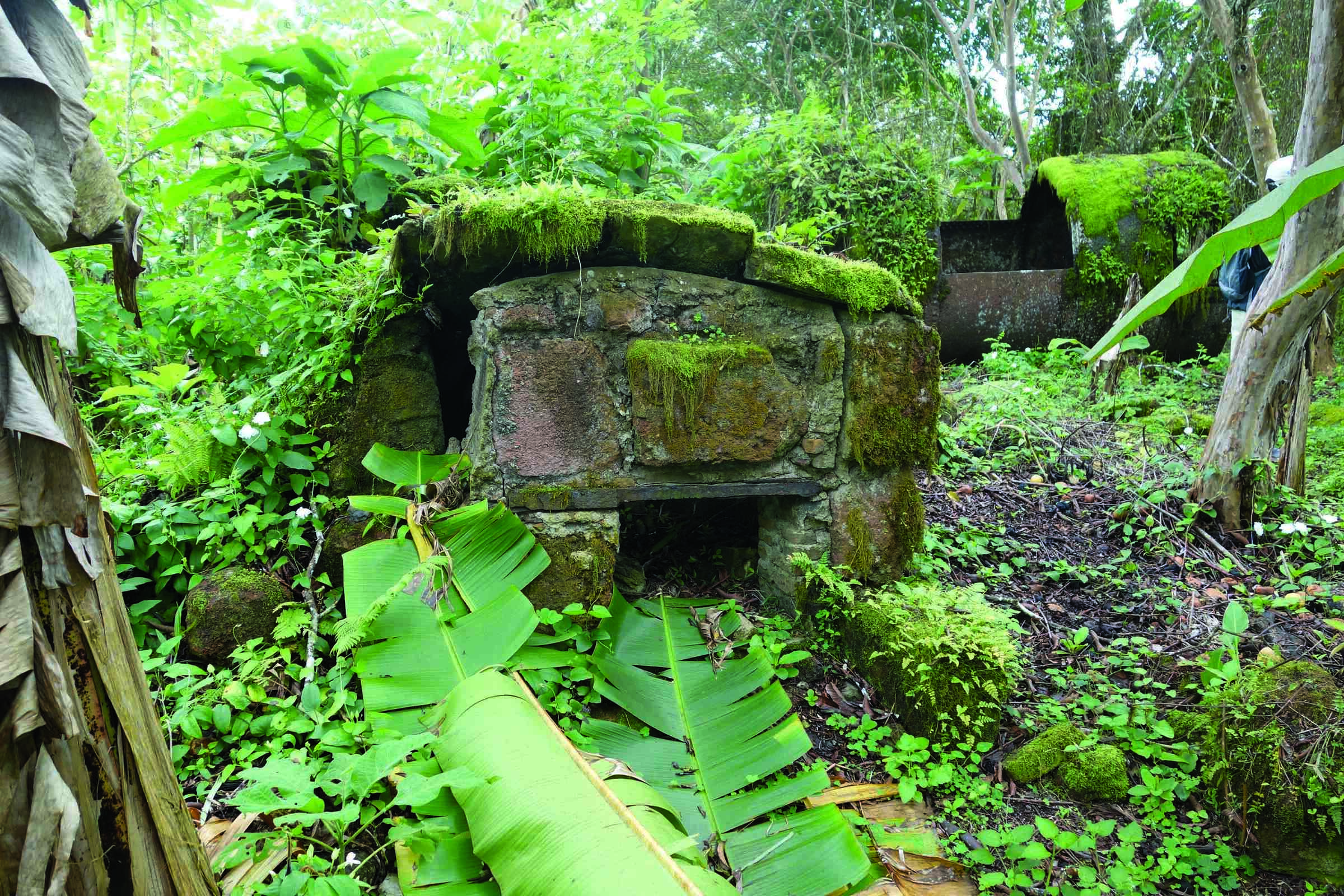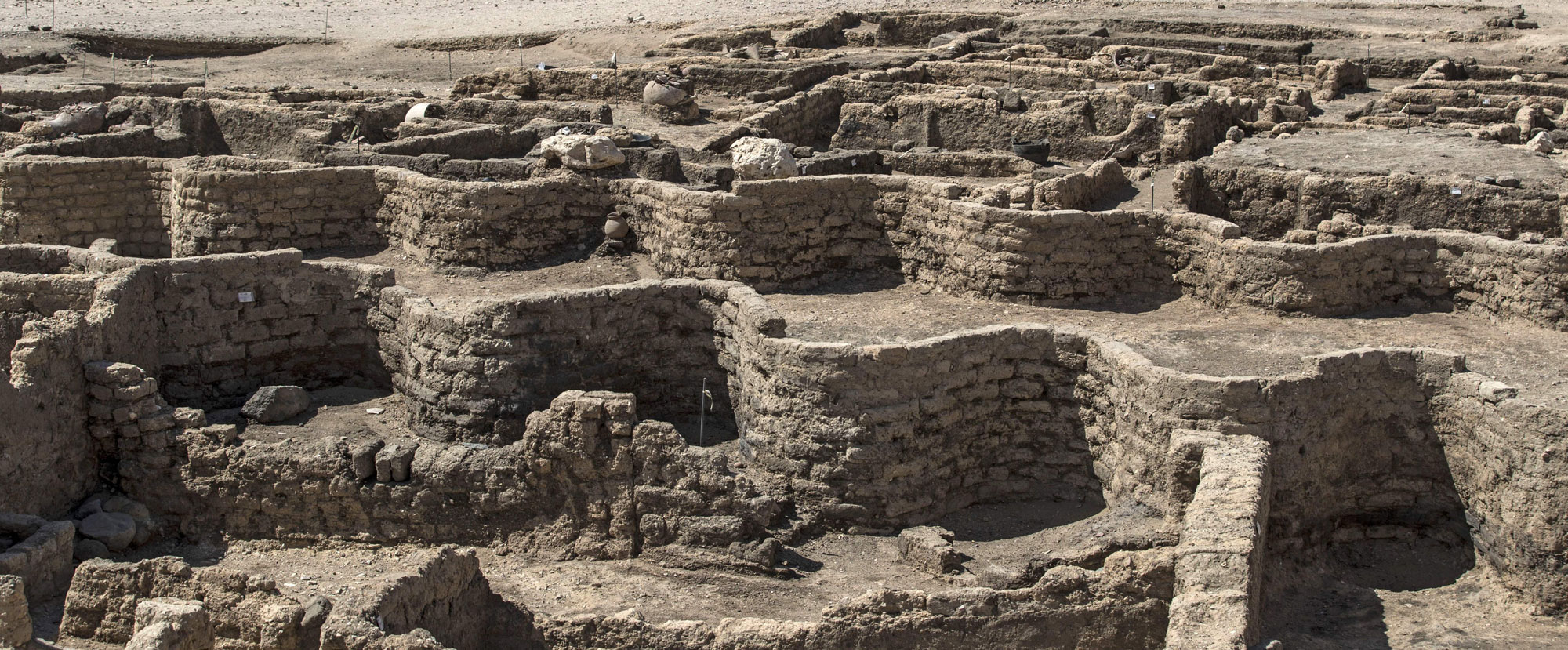WARSAW, POLAND—Science in Poland reports that wooden tomb chambers have been found in two mounds in northern Serbia by a team of researchers including Piotr Włodarczak of the Polish Academy of Sciences. The mounds, situated on the western edge of the Eurasian steppe, measured about 130 feet in diameter and about 12 feet tall. Both of the mounds had been built in two stages. The first stage of construction occurred some 5,000 years ago, then the mounds were enlarged between 100 and 200 years later. when an additional burial was added to each. “The graves we discovered were not spectacularly equipped, but we noticed the red coloring of some bones,” Włodarczak said. “This was due to the use of ochre on the bodies of the dead,” he explained. The bones also suggest that these individuals were on average several inches taller than most men who lived in the area at the time. Włodarczak and his colleagues think the combination of the use of ochre, the men’s height, and their burial in large mounds is similar to Yamnaya burial practices found in the Eastern European steppes. Genetic analysis of the remains also suggests the men migrated to the region from further east, or were the immediate descendants of migrants of the Yamnaya culture. To read about Roman vessels uncovered in an eastern Serbian strip mine, go to "Roman River Cruiser."
Tombs of Nomadic Yamnaya Culture Found Further West
News March 1, 2022
Recommended Articles

Digs & Discoveries March/April 2023
Winter Light


Features November/December 2022
Magical Mystery Door
An investigation of an Egyptian sacred portal reveals a history of renovation and deception

-
Features January/February 2022
At Face Value
Researchers are using new scientific methods to investigate how artists in Roman Egypt customized portraits for the dead
 (© The Trustees of the British Museum)
(© The Trustees of the British Museum) -
Letter from the Galapagos Islands January/February 2022
Transforming the Enchanted Isles
Archaeologists uncover the remote archipelago’s forgotten human history
 (Courtesy Historical Ecology of the Galapagos Islands Project)
(Courtesy Historical Ecology of the Galapagos Islands Project) -
Artifacts January/February 2022
Roman Key Handle
 (University of Leicester Archaeological Services)
(University of Leicester Archaeological Services) -
Digs & Discoveries January/February 2022
The Roots of Violence
 (Courtesy of the Wendorf Archives of the British Museum)
(Courtesy of the Wendorf Archives of the British Museum)


